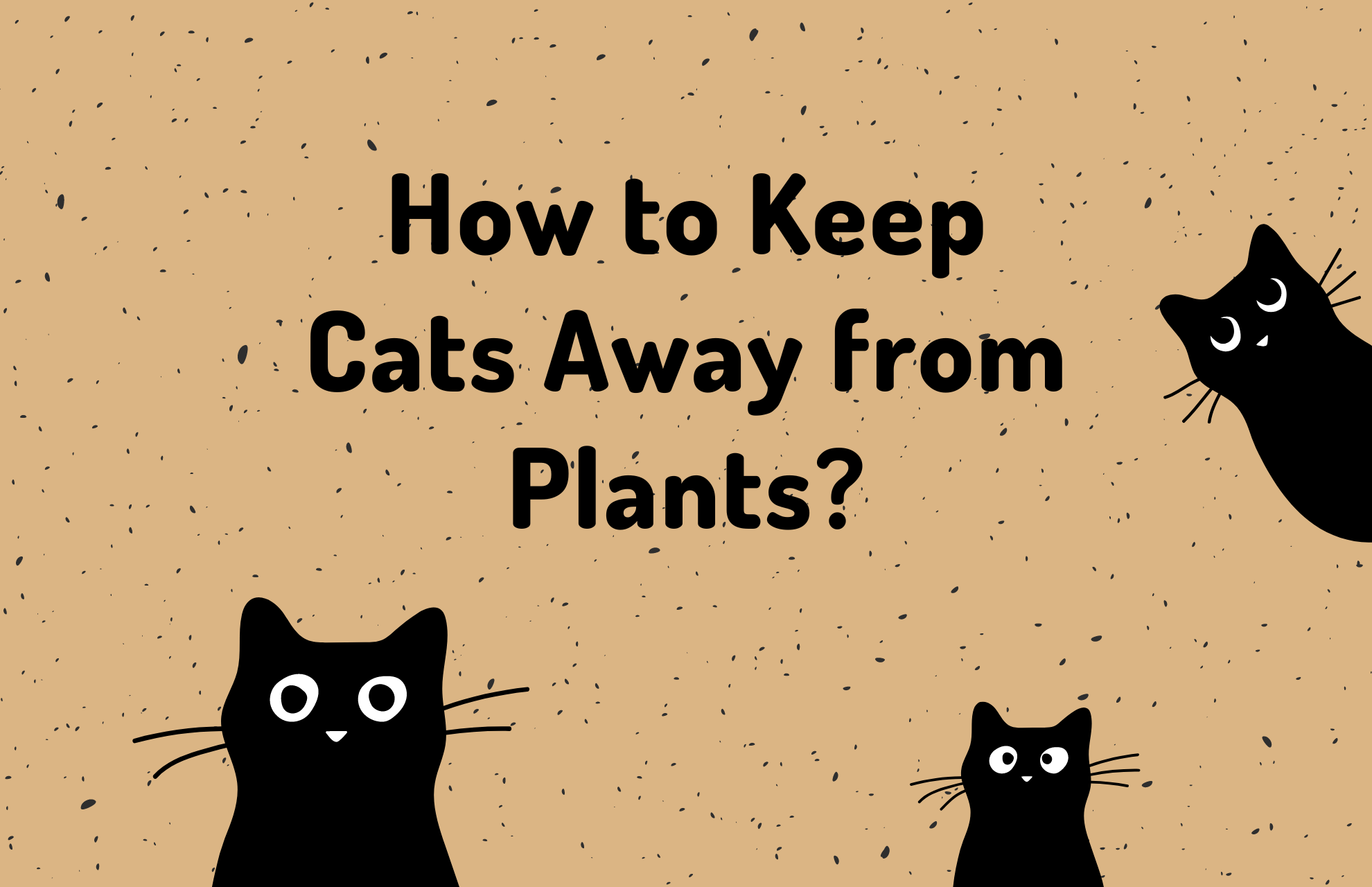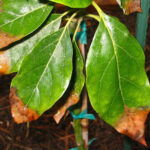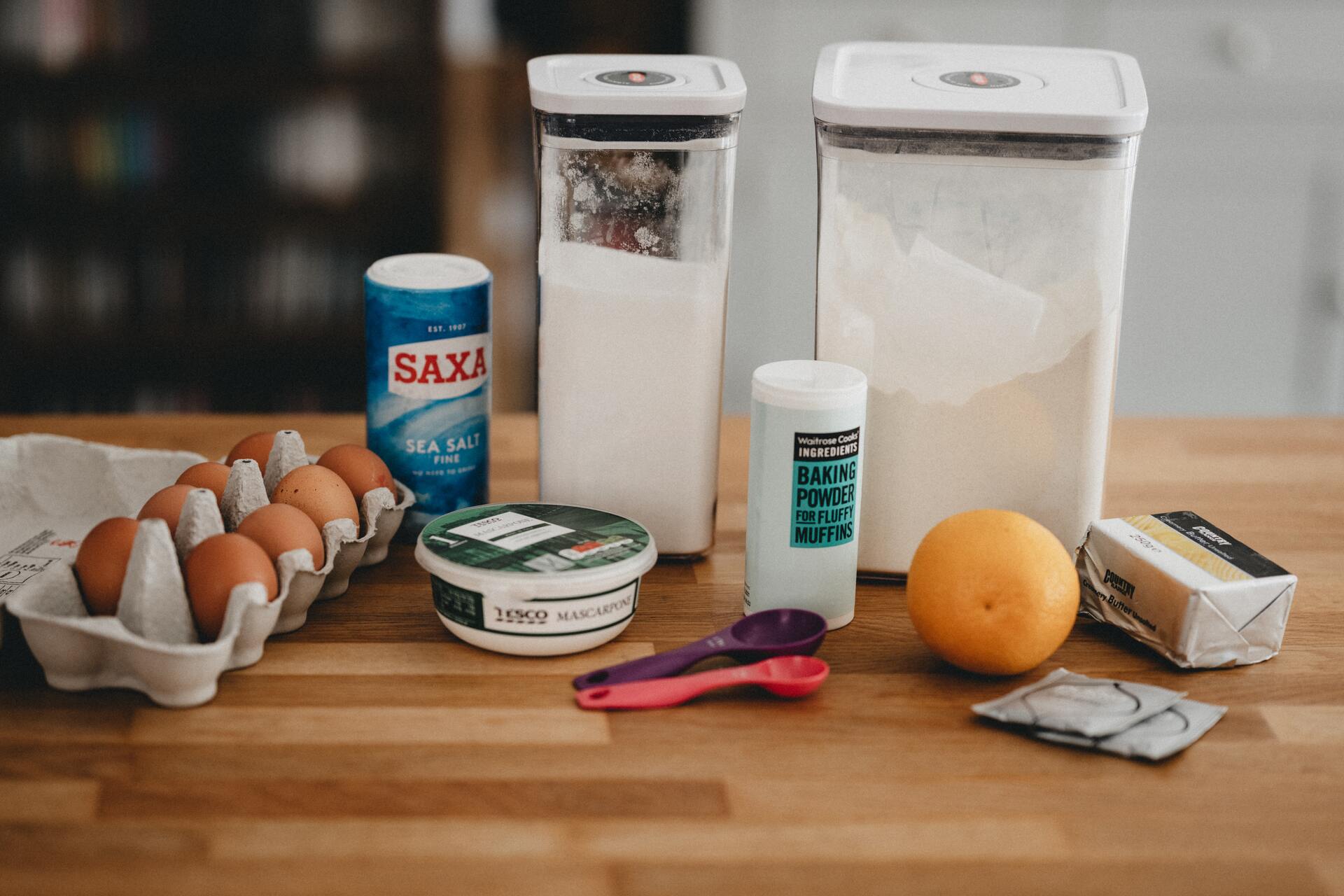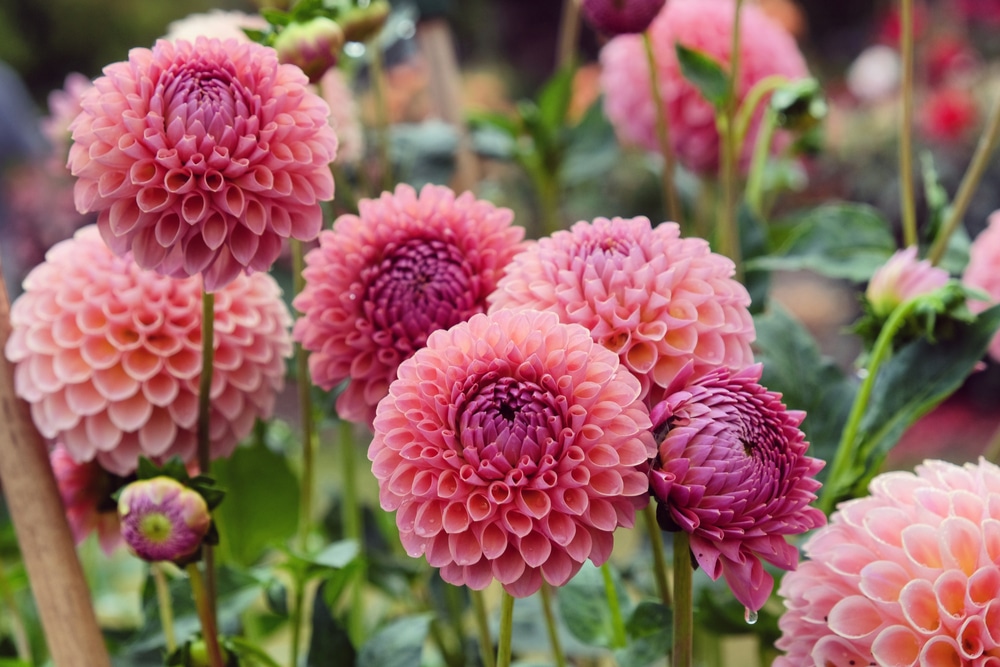The following eleven tips will teach you how to keep cats away from plants and help you figure out why your cat won’t leave your indoor plants alone.
You might experience a number of different issues with cats and plants. The first reason is that some cats enjoy chewing on leaves, which can harm plants or make cats ill. The next issue is the unavoidable fact that some cats are curious and enjoy playing with plants and overturning objects.
So what can you do to prevent your cats from destroying your indoor plants? There are a few steps you can take to prevent your cat from getting into your plants if they are showing a particular affinity for doing so.
Tips to Keep Your Cat Away from Plants
These methods will help you give your cat less of an incentive to eat your plants while still providing them with the necessities.
Use Repellent Sprays
You can spray your plants instead of your cat and avoid upsetting it. Cats don’t like the scents used in many repellent sprays. In general, citrus and strongly scented scents like lavender are not appealing to felines.
Lemon juice can be diluted into a spray, which you can use to water plants. Orange peels are sometimes put in planters by some people, but this may draw fruit flies.
You can purchase plant- and pet-safe natural insect repellent sprays. Your cat will stay away if you sprinkle some pepper on your plant’s leaves. Just be careful not to overdo it because if pepper gets in your cat’s eyes, it can be very painful.
Cover Soil With Pebbles
In addition to making the pots less appealing as a place to relieve themselves, rocks can prevent your cat from digging the soil out of the pots. The secret is to scatter smooth pebbles at least an inch or preferably larger across the top of the soil.

Avoid using smaller gravel because your pet might mistake it for litter and see it as permission to make the planter their new litter box.
Put Plants in Decorative Bird Cages
Consider putting smaller plants in decorative bird cages if your cat enjoys knocking them off shelves and window sills.
It only requires that you take the top of the cage off of its base, place one or more plants inside, and then latch the top back on. Hang the cage from a hook or curtain rod for added safety.
Try Using Foil
Aluminum foil can be another effective deterrent to your cat’s obsession because cats typically don’t like the feel, taste, or smell of it. Try wrapping the pot in foil or covering the soil with crumpled foil. This is particularly useful if your cat likes to climb tall plants, like the Christmas tree.
Add a Layer of Stone Mulch
For the movers, this is. Your indoor plants will have plenty of loose soil, which cats like to dig in for their urinal needs. To the dirt’s surface, try adding a layer of weighty pebbles.
It should still allow water to permeate through to the soil below as long as it is not packed too tightly. It won’t feel the same way or be as alluring as a litter box.
If you prefer a more decorative appearance, you could also use sizable chunks of smooth glass, rough pine cones, seashells, or broken ceramics.
Train Your Cat to Stay Away

Contrary to popular belief, cats can be trained just like dogs. Cats can be trained, but it may take more time and require different techniques. They can change their unwelcome behavior that destroys plants.
Using spray bottles to train cats is a common error that many people still make. The ineffectiveness of this punishment has long been acknowledged by veterans.
The spray bottle is more likely to be associated with you and not with your cat’s behavior of destroying plants. And you most definitely don’t want your cat to despise you.
Try positive reinforcement and behavior redirection instead of punishing your pet. Use a toy to divert your cat when you see them approaching a plant. Be sure to compliment them for their good behavior as soon as they start listening and playing with the toy.
Grow Plants That Cats Dislike
There are numerous options available if you don’t care what kind of plants you have inside your home as long as your cat leaves them alone. Cats don’t like certain scents or textures in plants. Naturally, they won’t approach these plants and won’t attempt to chew on them.
Cats don’t like certain plants, like lavender and rosemary. Thorny plants may deter them, but your pet may also get a thorn stuck in its tender paw. Don’t plant anything that your cat could ingest harm from. A few examples of common plants that are harmful to cats include aloe vera, lilies, and poinsettias.
Cover the Plant Base
If your cat uses the potted plants in your home as a litter box by digging through them, this is a great solution. In sloppy, soft soil, cats enjoy digging. The simplest way to prevent your pet from digging is to physically barrier the soil.
You can cover all the loose soil with something sturdy like big decorative pebbles, pine cones, or shells. Water will still be able to get to your plant as long as you don’t pack it too tightly. Don’t use tiny gravel. The plant will become even more inviting because it might resemble your cat’s litter box.

Alter the Placement of Your Plants
If your cats are particularly nimble and determined to get at your plants, you may have to settle for simply moving them out of the way.
It can be a good idea to hang baskets away from other pieces of furniture, or even mount containers directly to the wall (no shelf) and place them out of reach.
Make Your Plants Unappealing
Anything citrus-flavored repels cats with a ferocious passion. To prevent any cat invasion, you can spray the leaves of your plant with lemon, lime, or orange juice diluted with water.
If you don’t feel like putting together your own concoction, Bodhi Dog sells a Bitter Lemon Spray. It really does work well, in my experience, and you don’t have to worry about using and cleaning a regular plastic spray bottle. The taste usually works as a deterrent if your cat decides the smell is insufficient. They don’t want to go back because of that bitter taste.
Provide Plants for Your Cats
Sometimes giving a leaf-chewing cat some of its own plants will divert them from your houseplants.
You can keep a pot of mint, cat grass (which is actually a mixture of oat or barley grass), or thyme instead of catnip, which is probably too loved. These are popular with cats and are completely secure to be occasionally chewed.
Use a couple of the other techniques for your “real” plants, and your decoy should become the center of attention from your cat.
Why is My Cat Eating My Plants?
Different issues arise for owners’ cats and houseplants. Some felines enjoy playing with or chewing on the leaves of plants. Some people even use indoor plant pots as litter boxes. You can find a solution to stop the behavior by understanding why they might be acting in this way.
Chewing on Plants
Your cat might be enjoying the taste of the leaves if you catch them happily chewing on your plants. Cats use their mouths to investigate their surroundings, just like newborn humans do. Every new houseplant might be sampled by your cat, who may return for more if it’s tasty.
The discomfort in your pet’s stomach may also be a factor. Cats can frequently be seen chewing on the grass outside. This is a healthy way for them to consume fiber and calm their stomachs.

Knocking over Plants
When your plants turn into their new toys, it becomes entertaining to watch your cat play and chase. Cats seem to like tossing around plant leaves or even leaping at potted plants and toppling them.
Cats Like the Texture of Plants
If you’ve ever taken your cat outside, you may have observed that they are instantly drawn to long reeds of grass and start nibbling on it. It’s possible that they like the plant’s texture.
It’s also conceivable that your cat has an upset stomach and is naturally attempting to ingest some fiber to speed up the process of digestion.
Cats Love the Movement of Leaves
Hunting is in the cat’s DNA. Despite being carnivores, some animals find it difficult to resist the movement of a leaf or palm. The Spider Plant is one of our favorite houseplants because of how alluring its long, soft leaves are.
One plant should perhaps be designated as collateral damage, and this flowy plant might be it! Nevertheless, it would help if you watched out that your cat doesn’t eat it because no plant, not even those that aren’t toxic, should be consumed.
Read More:
- Are African Violets Toxic to Pet Cats, Dogs, Or Other Animals?
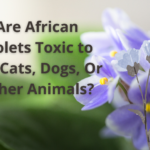
- Is Aloe Vera Toxic to Pet Cats, Dogs, Or Other Animals?

- Do Deer Eat Calla Lillies?

- Do Deer Eat Daffodils?

- Are Fiddle Leaf Figs Toxic to Pet Cats, Dogs, or Other Animals?

- Are Dahlias Really Deer Resistant? | Will Deer Eat Dahlias?

Using Plants as Litter Boxes
When your cat uses your potted plants as a litter box, it can be one of the most annoying issues. It’s bad enough to return home to find your cat has dug up the plants and soil all over the floor. Even more repugnant might be if they use your plants as a litter box.
Fortunately, this issue also has reasonable justifications and workable solutions. Here are some home remedies you can try to protect your plants.
Conclusion
There are always a few cats that can’t help but paw at those stems, stalks, and leaves, even though the majority of cats don’t care much for houseplants.
The presence of cats or plants in your home shouldn’t be forced upon you. There are numerous methods for protecting plants from your cat’s prowling eyes. Frequently, you can address the reasonable cause of your cat’s behavior.

